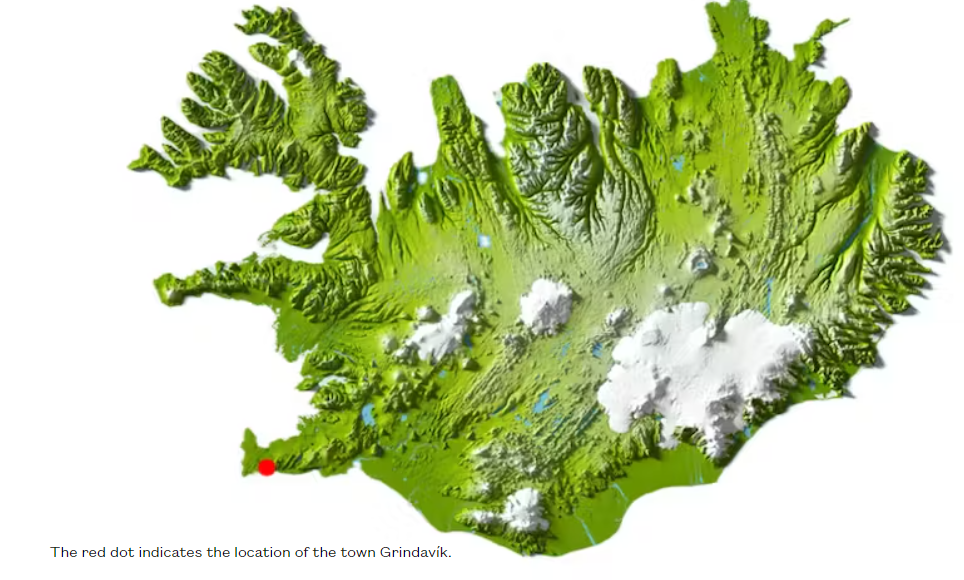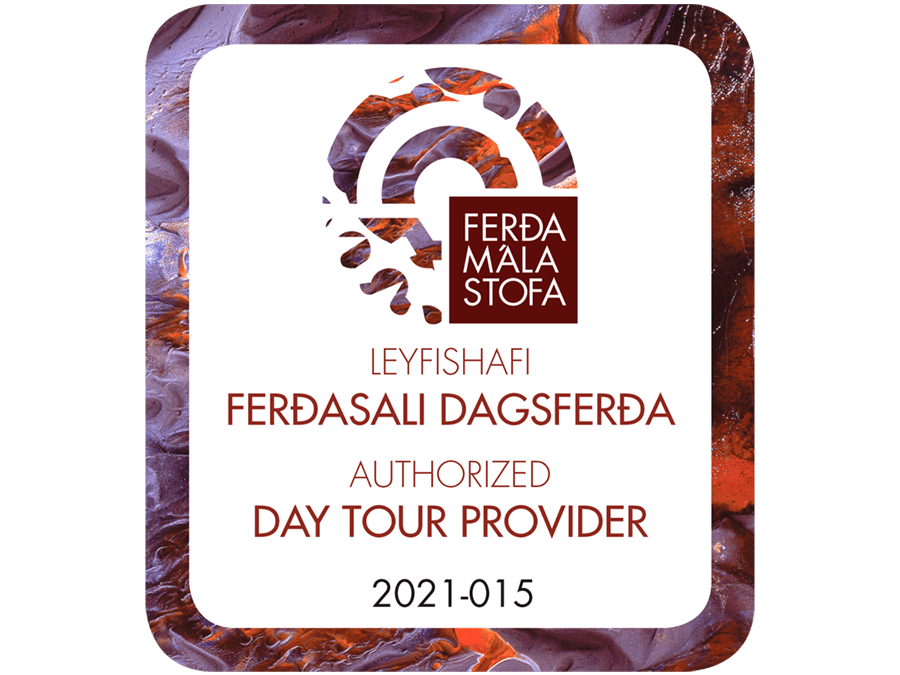The most recent eruption started on Reykjanes Peninsula on November 20 by Sundhnúksgígar crater, marking the seventh eruption in the area since December 2023.
As of December 9, 2024, the eruption has ended. The Department of Civil Protection and Emergency Management in Iceland confirm this.
Iceland is faces frequent seismic and volcanic activity, and authorities alongside the public stay well-prepared to respond. Safety is the top priority, with infrastructure built to withstand natural events and advanced volcanic preparedness protocols in place. Backed by experienced geoscientists, the Icelandic Meteorological Office continues to monitor volcanic activity and manage safety protocols effectively.
In recent years, the Reykjanes Peninsula has experienced a surge in seismic activity, including ten volcanic eruptions. Despite these events, Iceland remains a safe and welcoming destination for travelers. Strong safety measures and emergency preparedness protect both residents and visitors.

The Icelandic Meteorological Office, The National Police Commissioner, The Department of Civil Protection and Emergency Management, and a team of scientists from the University of Iceland are closely monitoring this situation and are constantly analyzing developments based on the best scientific data available.
Iceland is situated on the Mid-Atlantic Ridge, where the North American and Eurasian tectonic plates diverge, making it one of the most active volcanic regions in the world. Regular seismic events, ranging from minor tremors to significant earthquakes, are a characteristic feature of Iceland's geology. Seismic activity in Iceland is often due to magma movement beneath the earth's crust and tectonic plate movements. These geological actions sometimes result in magma seeking the easiest path to the surface and thereby becoming a volcanic eruption.
Iceland is no stranger to volcanic activity. Ten eruptions have occurred on the Reykjanes Peninsula in the last four years. Icelandic authorities and the public are highly prepared for such events, and Iceland has some of the world's most effective volcanic preparedness measures. Iceland's geoscientists possess vast experience in dealing with volcanic activities.
You may read some additional information about volcanic activity in Iceland by clicking here
